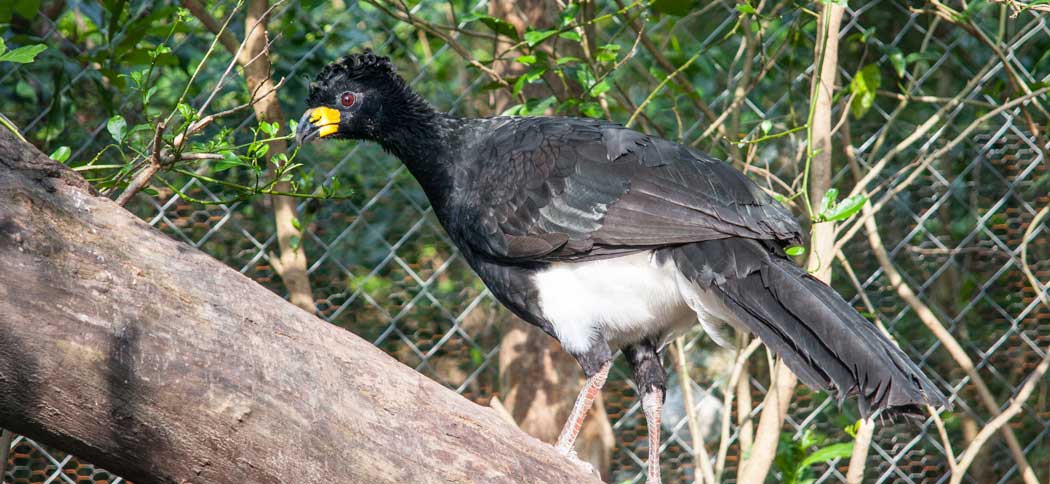
Strange Tails
We're delighted to have a strong population of strange-tailed tyrants at the reserve. So much so that we've adopted these beautiful and endangered birds as the symbol of the Trust
The growing diversity of the animals of Reserva Don Luis is a fresh source of delight every time we return. We don't play favourites, but it's impossible not to engage more with some of our more conspicuous guests. One of these is the strange-tailed tyrant. The male is stoic in his tolerance of one of nature's strangest - and it would seem least practical - adaptations. He's willing to suffer to be beautiful, and somehow manages to fly with tail feathers that were surely designed for a bird three times his size.
We love his perseverance; his resolution to succeed against challenge, and his ability to prove that anything is possible. He's appearing in growing numbers on the Reserva Do Luis, and his success has become an allegory for, and a symbol of, our own.
When we started the process of updating and redesigning our website, we wanted to adopt an image that symbolised our aims and our challenges. This brave little flycatcher, with his indomitable character, was the perfect choice.
The logo is a stylised profile of a male tyrant, silhouetted against the sunrise. We coloured the sun the blue of the Argentinian flag in honour of this country's beauty, its climate and the breathtaking span of magnificent animals that it nurtures.

Bat Research
Our bat team is conducting bat research both in the Ibera Marshes and in other provinces. We are especially concentrating on Misiones at the moment where we find the largest bat in Argentina, Chrotopterus auriitus and Myotis ruber, two species that we are researching.

Bare-faced Curassow
Crax fasciolata
Although the Bare-faced Curassow has not yet reached the criteria for endangered status worldwide, it is considered rare and threatened in Argentina where it occupies a small range in the extreme NE.
We housed a male with us at Reserva Don Luis from 2015 to 2019 as part of a reintroduction project. Sadly he passed away due to natural causes. . We understand that Rewilding Argentina now have a project to reintroduce this species.
Female Bare-faced Curassow
2-1.jpg)
Male head and crest
6-1.jpg)
This species has been extinct from the Ibera Marshes for many decades and finally we have one example at Reserva Don Luis. He is the first step of a reintroduction program and we hope to get a mate for him as well as obtain eggs for incubation.
This species is from the family Cracidae and measures abour 85cm in length. The male is predominantly black with pure white underparts. It has a black curly crest which it raises when alert. The tail is tipped white and the base of the bill is bright yellow.
The female is quite different and has cinnamon underparts barred with black, and a black and white curly crest. Upperparts are black barred with white.
The call is a soft call which resembles the Argentine name of 'Muitu'
The species is classed as Vulnerable in the IUCN redlist and is considered rare and threatened in Argentina.
History of 'Tito' our Bare-faced Curassow
Finally we have an example of the Bare-faced Curassow - the first in Corrientes for many decades.We were asked by Parque Ecologico El Puma if we could house this endangered species after his enclosure was destroyed during a storm and his mate was killed. Tito, as we have named him, was remarkably calm during his 2 hour drive from Posadas in Missiones. Even when we transported him by tractor to his final destination, the purpose built aviary in Monte Grande, he did not panic. Since then he has adapted to his new surroundings extremely well and is partial to grapes. We are looking for a female for him as well as other examples to further our reintroduction project.
Sadly Tito died in November 2019, having spent a good 3 years and 7 months with us. We all miss him a lot!

